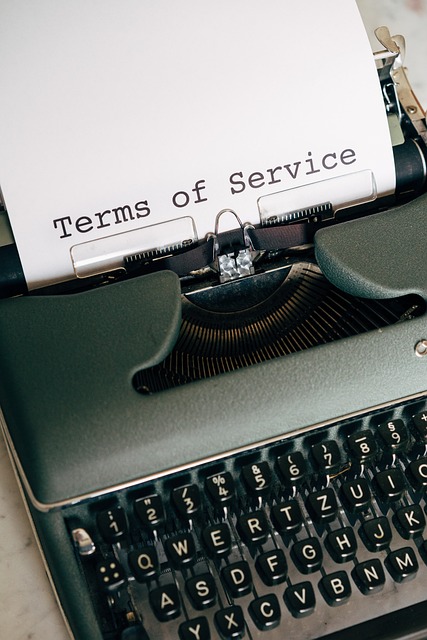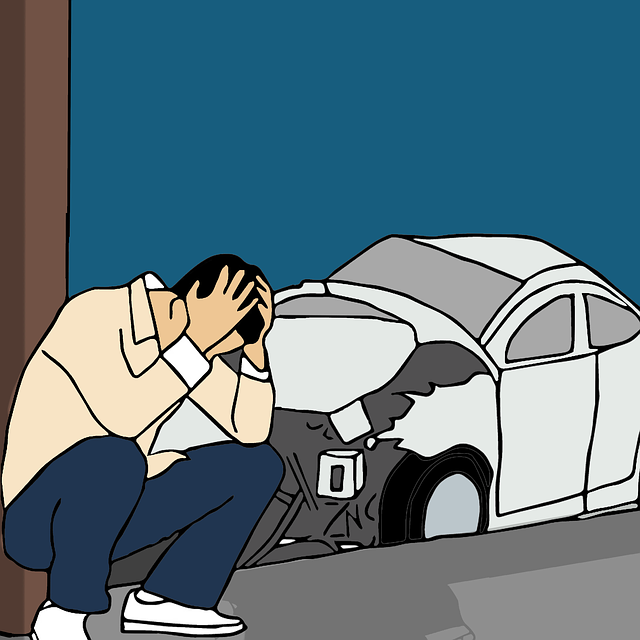Product liability laws hold companies accountable for safe products, with manufacturing defect lawyers guiding clients affected by defects not adhering to design or specifications. These attorneys gather evidence like expert opinions, product testing reports, and incident recollections to prove negligence and damages, securing compensation for victims. Critical evidence includes purchase records, user manuals, physical product samples, and failure analysis reports. A successful outcome depends on detailed inspections, expert testimony, industry standards comparison, and understanding of contractual responsibilities and insurance coverage disputes, all aimed at demonstrating the manufacturer's liability.
“Uncovering the truth behind manufacturing defects is the mission of a skilled lawyer. In product liability cases, strong evidence is key to winning compensation for injured clients. This article guides you through the legal landscape, focusing on what makes a manufacturing defect lawyer successful. From understanding the laws to gathering critical evidence and presenting it effectively in court, discover the strategies that can make all the difference. If you’re seeking justice, this is your go-to guide.”
- Understanding Product Liability Laws for Manufacturing Defects
- Key Types of Evidence a Manufacturing Defect Lawyer Needs
- Strategies for Presenting Compelling Evidence in Court
Understanding Product Liability Laws for Manufacturing Defects

Product liability laws for manufacturing defects are crucial in ensuring that companies are held accountable for producing safe products. A manufacturing defect lawyer plays a vital role in navigating these legal frameworks to help clients who have suffered personal injury due to defective products. These laws stipulate that manufacturers are liable for any harm caused by their products, regardless of whether they were designed or built according to specifications. This includes situations where a product fails to perform as intended, leading to injuries or damages.
Understanding these legal principles is essential for a successful case. A personal injury attorney specializing in manufacturing defects will examine various pieces of evidence, such as expert opinions, product testing reports, and incident recollections, to build a compelling case. In cases involving car accident injuries or other accidents stemming from defective products, the lawyer’s goal is to prove negligence, product liability, and resulting damages to secure compensation for the victim. This involves meticulous investigation, detailed documentation, and strategic legal argumentation to ensure justice for those affected by manufacturing defects.
Key Types of Evidence a Manufacturing Defect Lawyer Needs

When building a case for a manufacturing defect lawyer, gathering compelling evidence is paramount to ensuring success in court. The primary focus should be on collecting data and materials that directly relate to the defective product and its impact on users. This includes various forms of documentation, such as purchase records, user manuals, and expert witness reports. By examining these documents, lawyers can pinpoint when and how the defect originated, which is crucial for proving negligence or liability.
Additionally, physical evidence plays a significant role in manufacturing defect cases. This could range from damaged products to failure analysis reports. For instance, if a truck accident attorney represents a victim injured due to a defective automotive part, they might need photographs of the damaged vehicle and the faulty component itself. Similarly, in slip and fall injuries caused by hazardous products, personal injury attorneys can use these types of evidence to illustrate the risks posed by the manufacturer’s negligence.
Strategies for Presenting Compelling Evidence in Court

When presenting a case for a manufacturing defect lawyer, compelling evidence is key to securing a favorable outcome. The strategy should focus on gathering and presenting tangible proof that clearly illustrates the existence and impact of the defect. This includes detailed product inspection reports, expert witness testimony from industry professionals who can attest to the standard operating procedures and potential failures, as well as comparative analysis of similar products to establish industry norms.
Additionally, leveraging documented evidence such as design specifications, production records, and customer complaints can significantly strengthen the case. In instances involving insurance coverage disputes or employment contracts where accident compensation is a factor, understanding the nuances of these legal agreements becomes crucial. Demonstrating that the defect was within the manufacturer’s control and fell under their contractual responsibility can be a powerful tool for persuasion in court.
When it comes to winning cases involving manufacturing defects, robust evidence is key. A skilled manufacturing defect lawyer relies on a comprehensive understanding of product liability laws and strategic presentation of critical types of evidence, such as design documents, testing reports, expert witness opinions, and physical evidence of the defective product. By effectively navigating these elements, lawyers can build compelling cases that hold manufacturers accountable for their negligence, ensuring justice for those affected by unsafe products.






